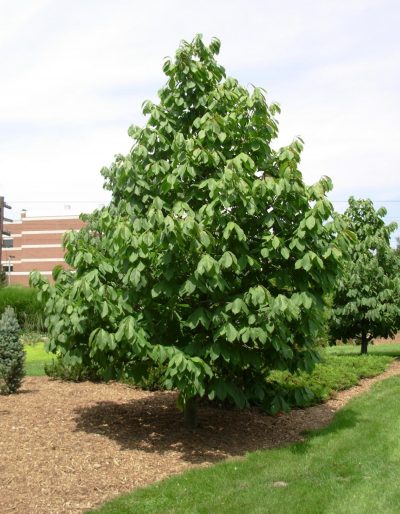Pawpaw
A ‘local’ fruit as a tropical counterpart
The tasty pawpaw is a perfect replacement for the massively imported fruits such as the mango, banana and the orange. The fruit contains, in addition to a high vitamin content, many minerals, such as magnesium, iron and zinc. With that, this fruit competes with the banana, mango and orange that have to ‘travel’ thousands of kilometres before they reach our fruit bowl.
The pawpaw (or Asimina triloba) is a very special and unique fruit variety. This fruit is originally from the forests of North America. Although the fruit was first described in the year 1541, its discovery never led to commercial cultivation. There are, however, several American universities that have researched the medicinal use of the plant. In recent years, the fruit has become a lot more popular in America: it is now even called the ‘forgotten fruit’ of America. The pawpaw is also on the rise in Europe.
Clusters of three to five individual fruits grow on the originally North American pawpaw tree. Which do very well in the Dutch climate. Although very hardy, down to -20 degrees, the pawpaw also likes shelter and plenty of sun.
Below we see the nutritional table of the pawpaw, compared to the banana, apple and orange. Additionally interesting in terms of nutritional value of the pawpaw are the minerals and amino acids. The pawpaw scored the highest in almost all parts tested. Most notable are the minerals such as iron, magnesium, zinc and copper. These minerals are present in the fruit in relatively high concentrations. There is even more than twenty times as much iron in the pawpaw as in a banana. The pawpaw also contains more than twenty times as much magnesium as an apple.


